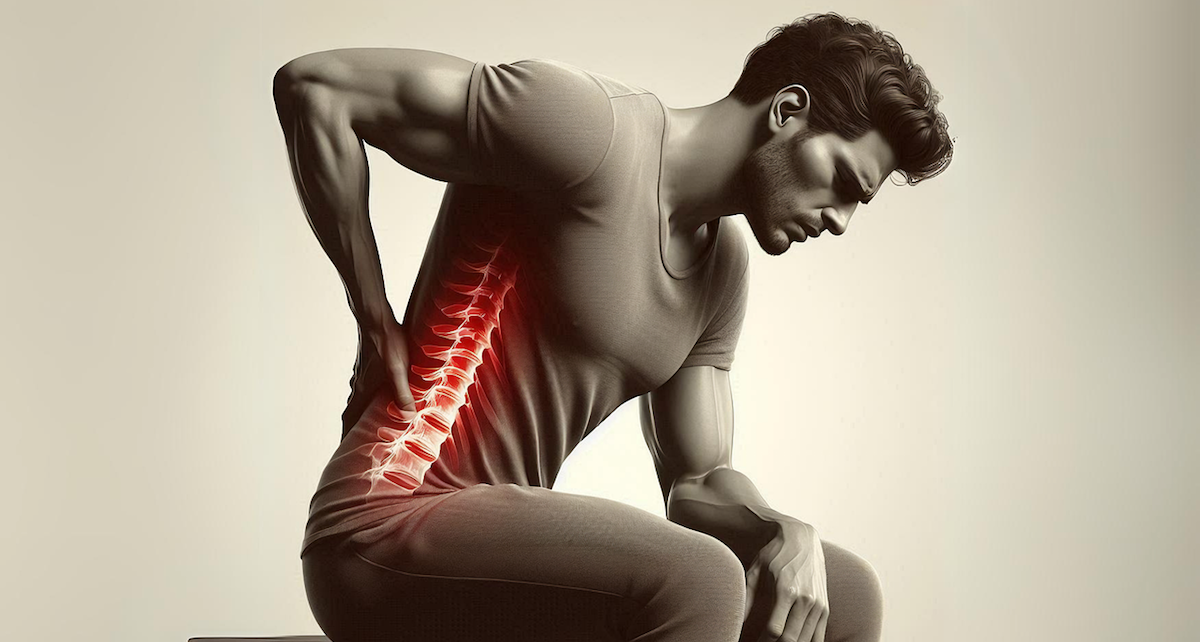Back In Your Mother’s Arms
Don’t underestimate the value of sleep. Whether you’re trying to recover from microtrauma induced by a heavy workout or macrotrauma from an injury, you need sleep and lots of it. Set your alarm clock for 10:00 p.m. and as soon as that thing goes off, go to bed! Whatever you’re doing can wait until the next day. If you have trouble falling asleep at night, try using supplements such as adaptogens, magnesium, phosphatidylserine, or melatonin, and pick up a pair of orange/amber lens glasses, such as the Uvex or Solar Shield brands that are sold at Amazon, and wear them at night.
To really boost recovery, take a power nap during the day. As I discuss in my book Mass Explosion, the best time would be right after a workout if you can, but any time will help. Consider purchasing a Chi Machine. It’s a portable electrical device that features a padded ankle support that moves side to side. You just lay down on the floor, rest your ankles on the pads, use the remote to control the speed, and the machine will do the rest.
The Chi machine simulates the motion of a swimming fish, which creates a ripple effect throughout the body. This does all kinds of neat things to help heal injuries, most notably increase circulation and promote lymphatic drainage, but it doesn’t end there. The machine simulates another action – one that is deep-rooted – that is, your mother rocking you as a baby! And it’s this effect that relaxes the hell out of you and puts you to sleep.
I use the Chi machine regularly. If I’m in my private gym and have a gap in my schedule, I’ll put some relaxing music on, shut the lights off, and lay on a mat with my ankles resting on the machine. I set the dial to a low speed and I’m asleep in no time. The machine automatically shuts off after 15 minutes, which is just the right dose. So whether you’re trying to recover from a workout, an injury, or both, you’ll notice a dramatic improvement. Try it.
To Supplement Or Not To Supplement
What you do not use in the form of nutritional supplementation is just as important as what you do use. For instance, enzymes are extremely important to heal injuries – digestive enzymes taken with meals will help improve digestion and absorption of the raw materials necessary for healing, and proteolytic enzymes taken between meals will help to digest injured protein tissue and facilitate the healing process. Fish oil and other omega-3 fatty acids may actually impair healing. Now before you throw your chair at the computer screen, hear me out.
We know that fish oil can thin blood and may hinder the clotting process. I’m sure you’ve experienced this to a certain degree. If you’ve been taking a decent amount of fish oil regularly and you cut yourself (perhaps while shaving), it can take a while to clot. Now if that cut is deep (e.g., a surgical incision), in addition to delayed healing, you’ll notice impaired healing. You should discontinue fish oil use at least a couple of weeks before surgery for this purpose, but I believe you should stay off of it at least a couple of weeks after surgery as well. Avoiding fish oil, or at the very least using a low maintenance dose immediately after an injury, may help you heal faster.
Another supplement that you may want to reconsider is glucosamine, not because it’s ineffective, but because there’s something more effective and glucosamine makes up half of it. It has to do with collagen, a key player when it comes to injuries. Your ability to synthesize collagen is critical not only to avoid injury in the first place but to repair an injury once it has occurred. Growth hormone (GH) does a superb job of this. That’s one of the reasons why you heal so quickly when you’re young (another factor is the high enzyme production which seems to taper off after the age of 27). So if the fountain of youth is dwindling, lactate training will help to raise GH levels (albeit a transient spike), as will GH injections (the more you use, the more it increases collagen synthesis), but there’s more to it, of course.
Think of cells in the body as bricks of a house and the collagen or connective tissue between cells as the mortar between the bricks. There’s a compound known as hyaluronic acid (HA) that keeps the mortar from drying out and cracking. It’s basically the glue that keeps your cells together. We’ve all heard of stories where the foundation of a house was weak and brittle because the mortar was falling apart. The same sort of thing can happen in your body as you age. Traditionally, glucosamine along with chondroitin sulfate have been used for this purpose (to improve the collagen mortar), but glucosamine pales in comparison to HA. HA is the real star. In fact, HA is made up partly of glucosamine.
According to health reporter Bill Sardi: “One half of the HA molecule is glucosamine (the other is glucuronate). Glucosamine weakly stimulates HA production. HA supplements work faster and more effectively and if they had been given sufficient publicity would have entirely replaced glucosamine supplements by now.” And that line of thinking goes with other collagen products as well, as Sardi discussed when interviewed by Dr. Richard Passwater: “there are a lot of collagen products being marketed for joint health, and they are cause for confusion. Even though Type II collagen accompanies some oral HA products, the collagen is a sideshow. It’s the HA that is doing all the healing. Collagen products promoted for joint health simply aren’t going to produce the results that HA does. Once the industry sorts all this out, there will be a stampede for these HA products. Go into a health food store today and ask about hyaluronic acid. They haven’t a clue what you are talking about.”
Sardi recommends a loading dose for one month of 300 mg per day, and then a maintenance dose of 100-150 mg per day after that. That’s the oral dosage, but occasionally I will take it topically before a workout by adding 100 mg of HA along with 1000 mg of arginine HCL to the LivSport Pre-Workout Cream. The bottom line: If joint health is important to you, consider adding HA to your supplement regimen!
Food For Thought
It stands to reason that if you want to facilitate the healing of connective tissue, then perhaps consuming connective tissue from an animal source may provide a better spectrum of the raw materials necessary for that repair. We know that certain rate-limiting amino acids are not present in plants, making them an inferior protein source – animal protein definitely rules for healing – but the point I’m trying to make is that most people do not take into consideration which part of an animal to consume for healing purposes. A steak may be great for a muscle pull, but it might not be the best choice for a joint sprain or rupture. Eating the ends of chicken bones and ribs, and consuming bone broths and stews on a more frequent basis may be a better choice. Gelatin is good to have as well because it contains many of the things that people are not willing to eat, such as bones, cartilage, connective tissue, and skin/hides. During an injury, take gelatin twice a day.
Accelerate Post-Surgery Healing
Utilizing vitamin IV drips before and after surgery will greatly enhance the healing process. I picked up this tip from Dr. Fred Hui, a practitioner of integrative medicine in Toronto, Ontario, and I can tell you from first-hand experience that it works! A high amount of vitamin C around surgery can help protect the body, remove heavy metals and other impurities from the drugs used, and of course, speed wound healing. Make sure that you don’t go on the same day right before the procedure as the anesthetic won’t take – that’s how powerful vitamin C can be!
The hyperbaric chamber is also popular after surgery to speed up healing. It was explained to me by Dr. Hui, though, that a hydrogen peroxide IV drip produces 4 times atmospheric pressure versus only 2 times atmospheric pressure from a hyperbaric chamber. In other words, a hydrogen peroxide drip does a far better job at oxygenating the body than a hyperbaric chamber.
If you are scheduled for surgery, consider a vitamin drip containing a high dose of vitamin C the day before and after the procedure. Thereafter, alternating between vitamin drips and hydrogen peroxide drips as often as you can for a good month will greatly enhance the healing process. To find a practitioner in your area that performs these drips, visit acam.org. Of course, you should discuss this with your doctor beforehand, although sometimes I feel it’s best to be your own doctor. You’ll understand why I feel that way after reading tomorrow’s installment.
Tomorrow in Part 3… I’ll share the story of my recent biceps injury and how it was initially misdiagnosed.



